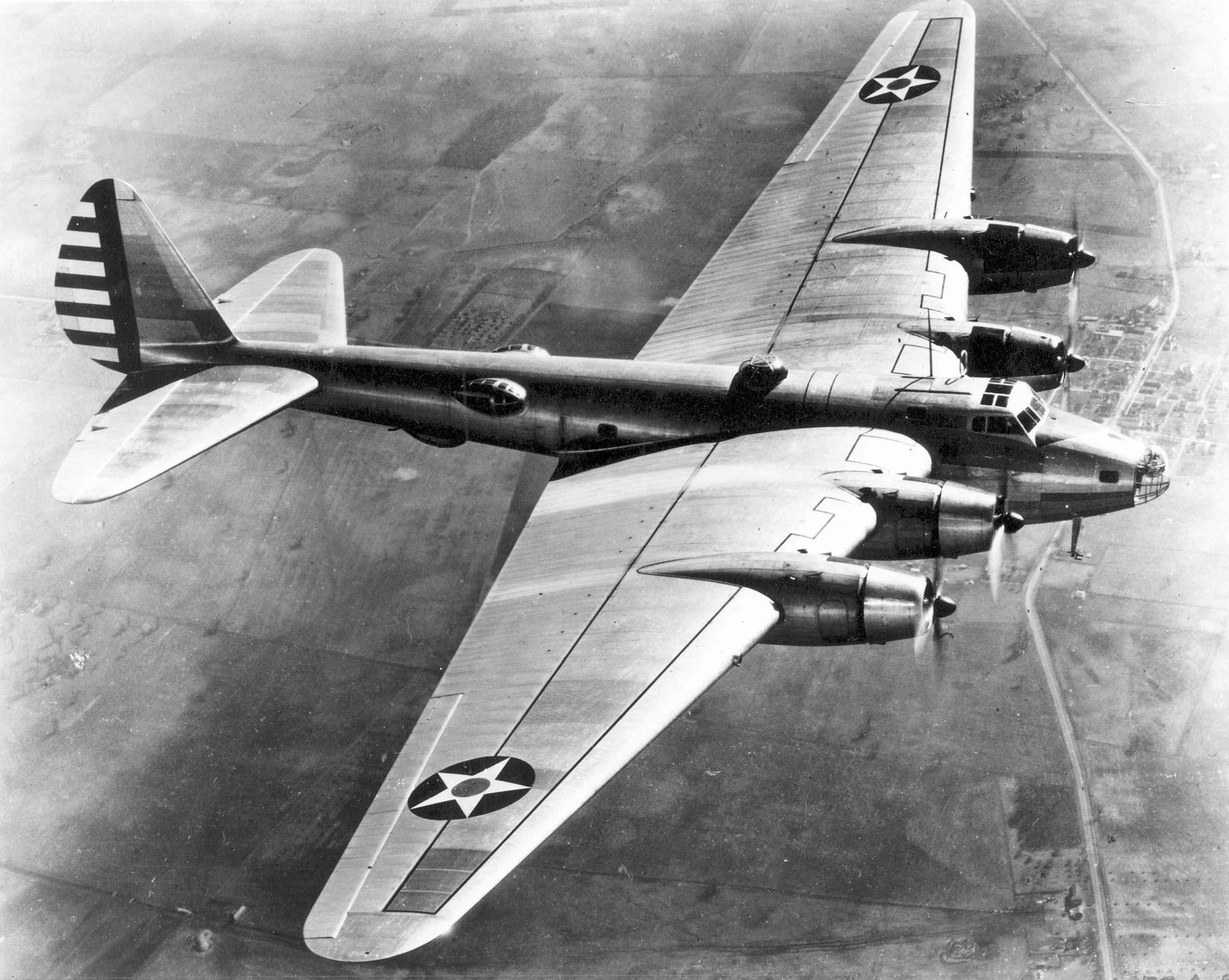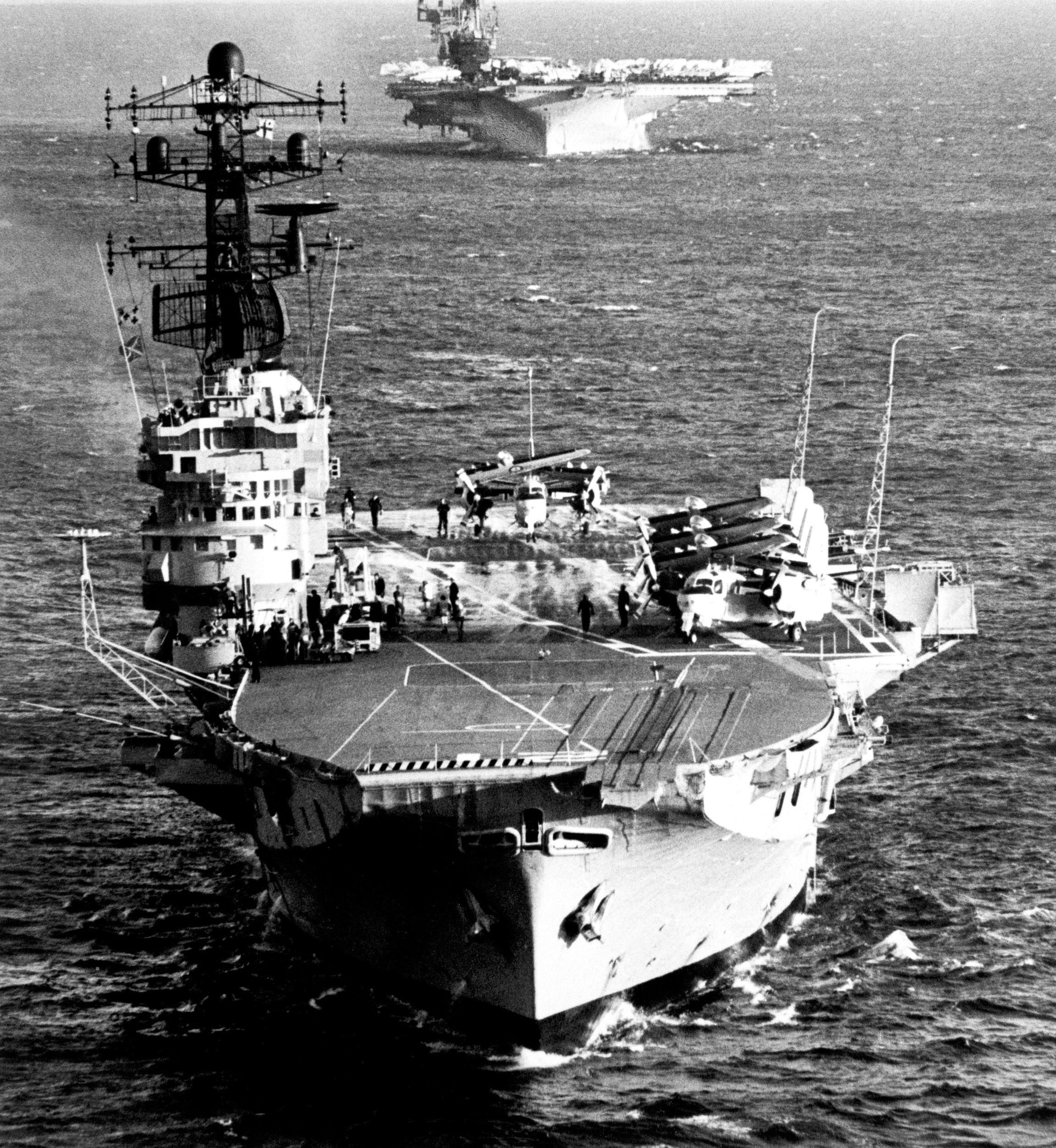
Boeing XB-15 superbomber
Prototype XB-15 (35-277) during materiel testing at Wright Field in 1938. At the time of the test flight, it was the largest and heaviest aircraft built in the United States.
Built by Boeing in the mid-15s, the XB-15 is America's first next-generation heavy four-engine long-range bomber. Its creation was the result of discussions about the strategic role of heavy bombers and combat aviation in general in a future military conflict. While the XB-XNUMX remained an experimental machine, it initiated the development of this category of aircraft in the USA.
At the end of the First World War, several senior officers of the American Expeditionary Forces (Air Service) in Europe saw the possibility of using bombers as an offensive weapon of strategic importance, capable of destroying the military and economic potential of the enemy in the rear. front. One of them was Brig. General William "Billy" Mitchell, a staunch supporter of the creation of an independent (that is, independent of the army) air force, and in their composition a strong bomber force. However, after the end of the war, there was neither the technical capacity nor the political will in the United States to implement Mitchell's proposals. Nevertheless, Mitchell's persistence led to the organization in 1921-1923 of several demonstration attempts to bombard ships with aircraft. During the first of them, held in July 1921 in the Chesapeake Bay, Mitchell's bombers managed to bomb the former German battleship Ostfriesland, demonstrating the bombers' ability to melt armored battleships in the sea. However, this did not change the approach of the War Department and Congress to bombers and to the development of military aviation in general. Mitchell's public criticism of American defense policy and of many high-ranking officers in the army and navy led to his court martial and, as a result, to his resignation from the army in February 1926.
Mitchell's views, however, gained a large group of supporters in the United States Army Air Corps (USAAC), although not as radical as he was. Among them were several instructors and cadets from the Air Corps Tactical School, informally known as the "Bomber Mafia". They formulated the theory of strategic bombing as an effective way of influencing the course and outcome of a war by striking and destroying objects from the air that are of key importance for the functioning of the enemy's industry and armed forces. This was not a completely new idea - the thesis about the decisive role of aviation in resolving wars was put forward by the Italian general Giulio Due in his book "Il dominio dell'aria" ("The Kingdom of the Air"), published for the first time in 1921 and in a slightly modified version in 1927 Although for many years the theory of strategic bombing did not receive official approval from the US Air Force command or politicians in Washington, it became one of the factors that contributed to the discussion of the concept of developing and using promising bombers.
As a result of these discussions, at the turn of the 544s and 1200s, general assumptions were formulated for the two types of bombers. One - relatively light, fast, with a short range and a payload of up to 1134 kg (2500 pounds) - was to be used to hit targets directly on the battlefield, and the other was heavy, long-range, bombing. with a carrying capacity of at least 2 kg (3 pounds) - to destroy ground targets in the far rear of the front or against sea targets at a great distance from the US coast. Initially, the first was designated as a day bomber, and the second as a night bomber. The day bomber had to be well armed in order to be able to effectively defend against fighter attacks. On the other hand, in the case of a night bomber, small arms could be rather weak, since the darkness of the night should have provided sufficient protection. However, such a division was quickly abandoned and it was concluded that both types of aircraft should be universal and adapted for use at any time of the day, depending on the needs. Unlike the slow-moving Curtiss (B-4) and Keystone (B-5, B-6, B-XNUMX and B-XNUMX) biplanes then in service, both new bombers were to be modern metal monoplanes.

